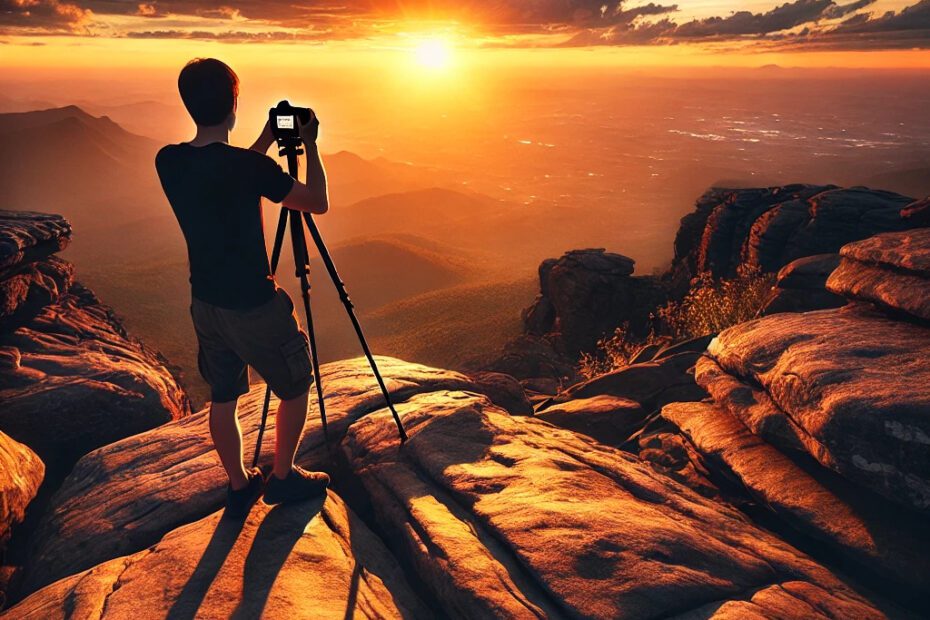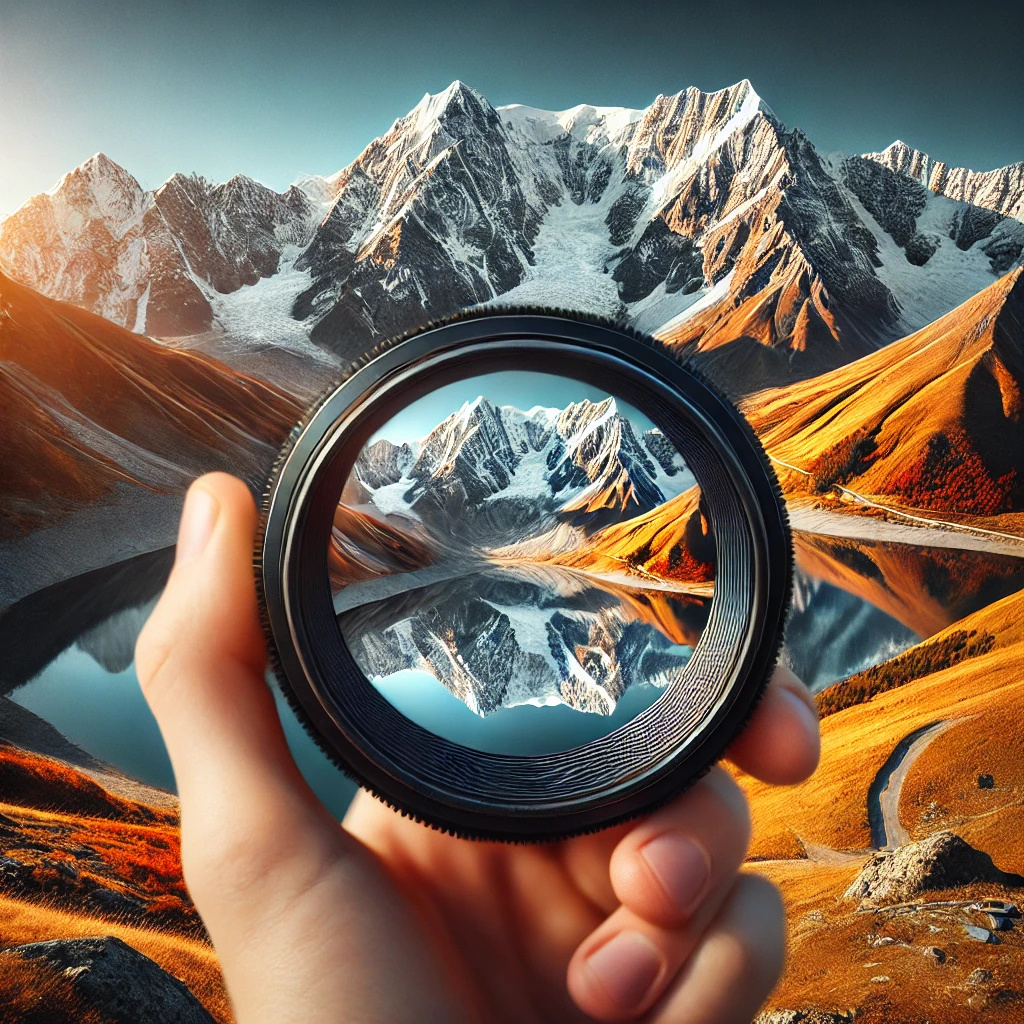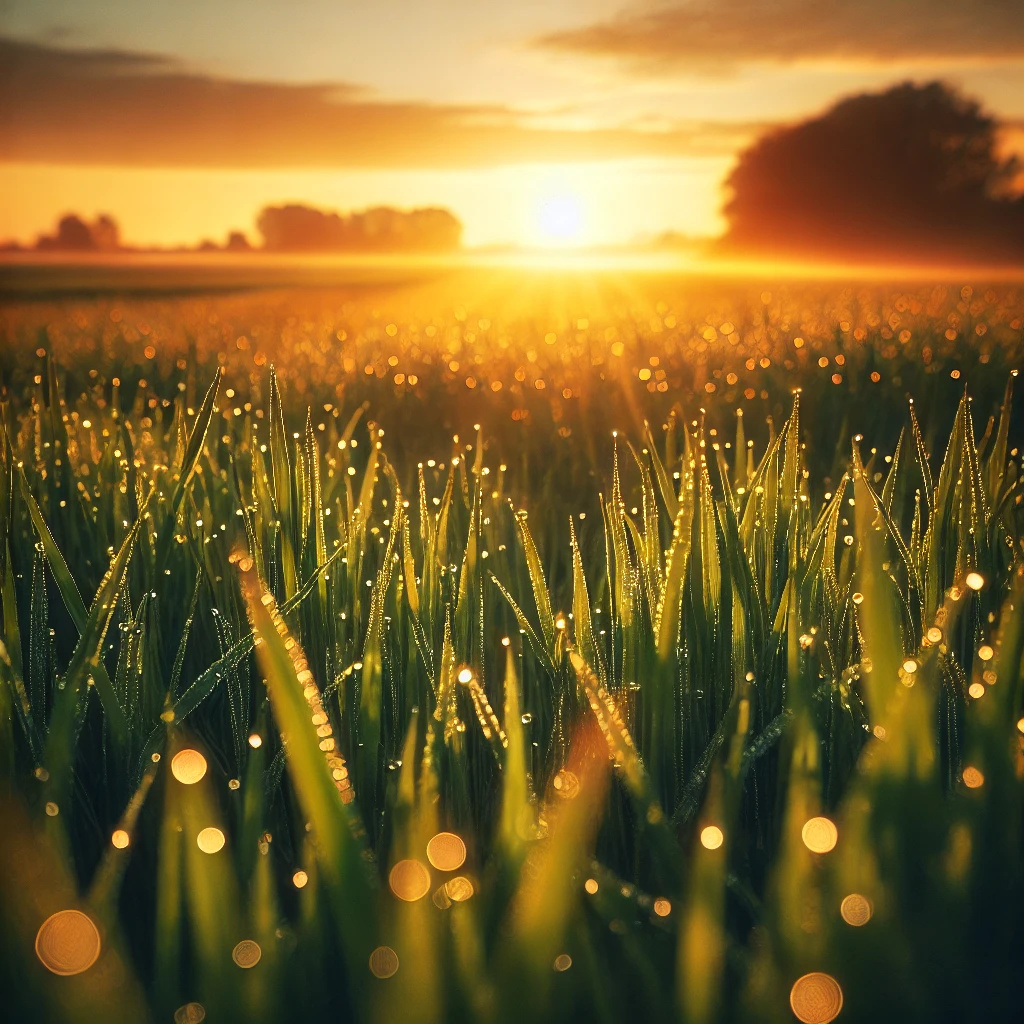Introduction
Nature photography is an incredibly fulfilling way to engage with the natural world. Whether you’re aiming to capture the vast beauty of a mountain range, the delicate details of a flower, or the behavior of wildlife, mastering a few key techniques will greatly improve your results. The good news? You don’t need to be a professional photographer to take stunning nature shots! With the right guidance, equipment, and patience, you’ll be capturing breathtaking photos in no time. In this guide, we’ll dive into 10 essential nature photography tips that will help you transform your outdoor photography. Whether you’re a beginner or experienced photographer, these nature photography tips will elevate your skills.
1. Choose the Right Equipment for Nature Photography
Choosing the right gear is the foundation of successful nature photography. One of the first important nature photography tips is understanding how to make the best use of your camera. You don’t necessarily need the most expensive camera to capture incredible shots, but understanding the strengths of the equipment you do have is crucial.
Cameras: DSLR, Mirrorless, and Smartphones
- DSLR and Mirrorless Cameras: These cameras provide a high level of control over settings like aperture, ISO, and shutter speed. A wide-angle lens is great for capturing expansive landscapes, while a telephoto lens helps you zoom in on wildlife from a distance without disturbing them.
- Smartphones: Modern smartphones are equipped with impressive cameras that, when used correctly, can deliver stunning results. Add accessories like clip-on lenses to expand your phone’s capabilities, such as a macro lens for close-ups or a wide-angle lens for landscapes.
Essential Accessories for Nature Photography
- Tripod: A tripod is indispensable for stability, especially in low-light conditions like early mornings or late afternoons. It also helps when you’re using slower shutter speeds.
- Polarizing Filter: If you’re using a DSLR or mirrorless camera, a polarizing filter can help reduce glare from reflective surfaces like water or wet leaves and can enhance the colors in your images, especially blues and greens.
2. Master Camera Settings for Nature Photography
Understanding and mastering your camera’s manual settings is one of the most important nature photography tips. Auto-mode can be useful, but manual settings will give you greater creative control over your shots.
Aperture:
Aperture controls the depth of field, or how much of the image is in focus. For landscape shots where you want everything sharp, use a small aperture (high f-stop, like f/8 to f/16). For wildlife or macro shots where you want the background blurred and the subject in focus, use a larger aperture (low f-stop, like f/2.8 to f/4).
Shutter Speed:
Shutter speed determines how long your camera’s sensor is exposed to light. Use a fast shutter speed (1/1000 or faster) to freeze motion, such as a bird in flight. For creative effects like smooth water, use a slow shutter speed (1/4 or slower), but make sure to use a tripod to avoid camera shake.
ISO:
ISO controls your camera’s sensitivity to light. In bright daylight, use a low ISO (100-200) to minimize noise. In darker settings, you might need to increase ISO, but keep it as low as possible to maintain image quality.
For a more in-depth guide on mastering your camera settings, check out Digital Photography School for expert advice.
3. Understand Lighting in Nature Photography
Lighting is crucial in any type of photography, and one of the essential nature photography tips is to master shooting during the golden hours for the best results. One of the best nature photography tips is to shoot during the golden hours—early morning or late afternoon—when the sun is low in the sky and casts soft, warm light.
- Golden Hour: This is the period shortly after sunrise or before sunset, when the sun is lower in the sky. The light during this time is softer and warmer, which adds depth and dimension to your photos.
- Midday Shooting: Shooting in the middle of the day, when the sun is directly overhead, can result in harsh shadows and flat images. If you must shoot during this time, look for shaded areas or try backlighting your subject.
- Blue Hour: The time just before sunrise or after sunset, known as blue hour, offers cool, soft tones and can create moody, atmospheric photos.
4. Composition: The Rule of Thirds and Beyond
Composition is the key to turning an ordinary scene into something extraordinary. Following a few composition rules can make a significant difference in how your nature photos turn out.
Rule of Thirds:
Imagine your frame divided into a 3×3 grid. The rule of thirds suggests placing the subject of your photo along these lines or at the intersections, rather than dead center. This creates a more balanced and dynamic composition.
Leading Lines:
Use natural elements like rivers, roads, or tree branches as leading lines to draw the viewer’s eye toward the main subject of your photo. This technique adds depth and guides the viewer through the image.
Framing Your Shot:
Use natural elements, such as overhanging tree branches, rock formations, or archways, to frame your subject. Framing gives your photo depth and draws attention to the subject.
Foreground Interest:
In landscape photography, adding a point of interest in the foreground, such as a rock or flower, adds dimension and can make your photo more engaging.
5. Focus on Details with Macro Photography
While landscapes are a popular subject, one of the best ways to diversify your portfolio is by focusing on smaller details in nature. This is where macro photography comes in. Macro shots capture the intricate details of flowers, insects, and textures in nature that are often overlooked.
- Use a Macro Lens: A macro lens lets you get extremely close to your subject while maintaining sharp focus.
- Focus on the Eyes: If you’re photographing insects or animals, make sure to focus on the eyes. Sharp eyes make for a more engaging photo.
- Patience is Key: When photographing small creatures, patience is essential. Wait for the right moment to capture the subject in a natural position.
6. Wildlife Photography: Stay Quiet and Be Patient
Wildlife photography requires a combination of patience, quick reflexes, and respect for the animals. The following nature photography tips can help you get better wildlife shots while keeping the animals safe and undisturbed.
- Use a Telephoto Lens: A telephoto lens allows you to zoom in on animals without getting too close. This keeps you at a safe distance and prevents disturbing their natural behavior.
- Use Burst Mode: Animals are unpredictable, and using burst mode (continuous shooting) increases your chances of capturing the perfect moment.
- Stay Quiet and Hidden: The quieter and more inconspicuous you are, the better. Use natural cover like bushes or trees, and wear neutral-colored clothing to blend into the environment.
7. Capture Motion in Nature Photography
Nature is always in motion—whether it’s a waterfall, a bird taking flight, or clouds moving across the sky. Capturing that movement can add a dynamic quality to your photos. One of the often-overlooked nature photography tips is to experiment with different shutter speeds to either freeze or blur motion creatively.
- Freeze Motion with Fast Shutter Speeds: For action shots of animals or fast-moving subjects like birds, use a fast shutter speed (1/1000 or higher) to freeze the motion.
- Create Motion Blur with Slow Shutter Speeds: To capture the smooth flow of water or the blur of wind-swept grass, use a slow shutter speed (1/30 or slower). This creates a sense of motion and can add an artistic touch to your photos.
8. Post-Processing: Bring Out the Best in Your Photos
Even the best photographers need to do some post-processing to enhance their images. Editing can correct exposure, improve color balance, and sharpen details, making your photos stand out even more.
- Adjusting Exposure and Contrast: Use photo-editing tools like Adobe Lightroom or Snapseed to adjust the brightness and contrast, ensuring that details in both highlights and shadows are visible.
- Enhancing Colors: Slightly boost the saturation or vibrance to make the natural colors pop, especially in landscapes and wildlife shots.
- Sharpening: Adding a bit of sharpening can bring out the fine details, especially in macro and wildlife photography.
9. Protect Your Gear in the Wild
Nature photography often takes you into challenging environments, from wet forests to dusty deserts. Keeping your gear safe is essential for ensuring you’re always ready to capture the perfect shot.
- Weather Protection: Invest in a rain cover or a plastic bag to protect your camera from unexpected rain showers. Keep lens cleaning wipes on hand to remove water droplets or dirt.
- Backpack for Gear: A sturdy camera backpack with compartments for your lenses, filters, and accessories will keep your equipment safe and organized.
10. Respect Nature: Ethical Nature Photography Tips
While capturing nature’s beauty is exciting, it’s crucial to remember to respect the environment and wildlife. Ethical photography ensures that future generations can enjoy these natural wonders, too.
- Leave No Trace: Don’t disturb plants, wildlife, or habitats. Always stick to trails and avoid trampling fragile ecosystems.
- Keep Your Distance: Use a telephoto lens to photograph wildlife without getting too close. Avoid disturbing animals, especially during breeding or feeding times.
- Don’t Alter the Scene: Resist the urge to move or manipulate elements in nature to get the “perfect” shot. Capture things as they are, naturally.
Conclusion
With these 10 essential nature photography tips, you’ll be well-prepared to capture the natural world in all its beauty. From mastering your camera settings to experimenting with composition techniques and understanding lighting, each of these tips will help you take your photography to the next level. Remember, nature photography is as much about patience and observation as it is about technical skill. The more time you spend outdoors, the more you’ll develop an eye for those stunning, once-in-a-lifetime shots.
If you’re looking for inspiration from the best in the business, explore the breathtaking nature photography at National Geographic, where professional photographers share their work and insights into capturing the wonders of the natural world.
So grab your camera, head outdoors, and start capturing the magic of nature one photo at a time!





Pingback: 10 Portrait Photography Tips to Take Stunning Professional-Looking Photos - FreeStockImg.com
Pingback: 8 Essential Landscape Photography Tips for Stunning Shots - FreeStockImg.com
Pingback: 10 Urban Landscape Photography Tips for Stunning Cityscapes - FreeStockImg.com